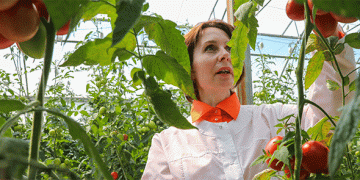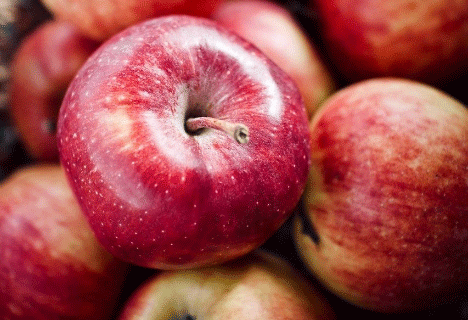The 2024/25 apple season has marked a new milestone for Ukraine’s apple industry, with export prices reaching record highs. According to analysts at EastFruit, the most notable price increases were observed in the United Arab Emirates (UAE), where importers paid 40-60% more for Ukrainian apples compared to the previous season. Similar trends were reported in Saudi Arabia and Kuwait, with price hikes of 30-40%. Sweden, a key market within the European Union, saw average prices rise by 25% year-on-year.
Key Drivers of Price Increases
Andriy Yarmak, an economist at the Investment Center of the Food and Agriculture Organization (FAO), attributes these surges to multiple factors:
- Reduced Regional Harvests: A smaller apple harvest in Ukraine, coupled with a broader decline in regional apple production, has created supply shortages, driving up prices in both domestic and international markets.
- High Demand in Middle Eastern Markets: The Middle East, particularly the UAE and Saudi Arabia, has emerged as a lucrative market for Ukrainian apples. Growing demand for high-quality fruit in these regions has contributed significantly to price escalations.
- Rising Prices for Apple Juice Concentrate (AJC): The record-high prices for AJC have incentivized producers to sell lower-quality apples to processing facilities instead of the fresh market. This has further limited the supply of fresh apples, particularly the more affordable varieties, contributing to overall price increases in the fresh fruit segment.
Opportunities and Challenges for Ukrainian Producers
While the higher export prices represent a significant opportunity for Ukrainian apple growers to boost profitability, they also pose challenges. Producers need to maintain consistent quality to meet the expectations of premium markets like the UAE and Sweden. Additionally, the rising cost of apple production and transportation in the current global economic climate could impact margins.
Outlook for the Global Apple Market
The reduced apple harvests in Ukraine and neighboring regions underline the importance of strategic market diversification. Ukrainian exporters are well-positioned to capitalize on growing demand in both established and emerging markets. However, long-term growth will depend on investments in sustainable production practices and efficient supply chain management to withstand market fluctuations and climate challenges.
The 2024/25 season underscores the resilience and adaptability of Ukraine’s apple industry. By leveraging global trends and addressing logistical challenges, Ukrainian producers can continue to thrive in an increasingly competitive market. The current surge in export prices reflects not just a temporary market shift but also an opportunity for Ukraine to solidify its position as a key player in the global apple trade.
































